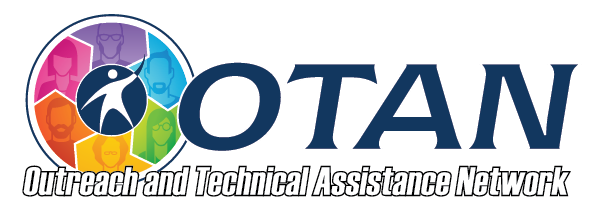Search
Exploratorium: Wild Type and Mutant
Details
Activity Description
In this activity, students are introduced to genetic vocabulary and learn about the inheritance patterns and genotypes of fruit flies by viewing images of fruit flies and drawing conclusions.
This activity, Wild Type and Mutant from the Exploratorium is an introduction to genetics and should be used before, Genetic Crosses, which explores the topic in greater depth. Genetic Crosses goes on to use Punnett squares to predict the results of genetic crosses and determine the genotypes of the parent flies in a particular cross.
Preparation
- Review detailed Lesson Plans and Resources .
- Preview and download the Drosophila images .
- Download the student pages [Word doc] and provide them to the class.
How-To
Follow the link in the Preparation section (above) labeled 'Lesson Plans and Resources.' In the 'Procedure' section on that page, you will find detailed information on how to present this activity in your class.
- Cover any new vocabulary presented in the Background section of the lesson plan.
- Follow the Example Web Site link (above). In the "Getting Started" and "Procedure" section on that page, you will find detailed information on how to present this activity in your class.
Teacher Tips
- You might like to copy the What’s Going On? section for your students to read, but be sure to credit the source of the information.
- Instead of projecting the Drosophila images, you might print them on a color printer and have students work with them in small groups. You could also do this if you have no Internet access in your classroom.
More Ways
After completing this lesson, go on to Genetic Crosses for a more in depth study of genetics of fruit flies and Punnett squares.
Program Areas
- ASE: High School Equivalency Preparation
Lesson Plan
- Students will be introduced to genetic vocabulary and inheritance patterns.
- Students will learn to identify genotypes of fruit flies by examining images.
Review Detailed Lesson Plans and Resources:
- Access the detailed lesson plans and resources for reference.
- Preview and download the necessary Drosophila images.
- Introduction to Vocabulary:
- Introduce key genetic terms (e.g., genotype, phenotype, dominant, recessive, wild type, mutant).
- Create a collaborative word wall where students add new vocabulary terms as they are introduced.
Display and Discuss Drosophila Images:
- Project the images of wild-type and mutant fruit flies.
- If no projector is available, provide printed color images to students in small groups.
- Discuss visible differences and characteristics of each type.
Interactive Group Activity:
- Divide students into small groups and distribute printed images.
- Each group will analyze the images and note the differences between wild-type and mutant flies.
- Groups will then share their observations with the class, encouraging discussion and collaborative learning.
Drawing Conclusions:
- Students work in pairs to draw conclusions about the inheritance patterns and genotypes of the fruit flies based on the images provided.
- Encourage students to use the new vocabulary in their discussions and written conclusions.
Worksheet Completion:
- Distribute the student pages for students to complete.
- Provide guidance and support as they work through the questions.
Assessment of Understanding:
- Have students present their conclusions and reasoning to the class.
- Use a rubric to assess their understanding of the key concepts and vocabulary.
Formative Assessment:
- Conduct a quick quiz on the new vocabulary and concepts learned.
- Use the results to identify any areas that need further clarification.
Connecting to Genetic Crosses:
- Introduce the next lesson on Genetic Crosses, emphasizing the use of Punnett squares.
- Explain how the concepts learned in this lesson will apply to predicting genetic crosses.
Collaborative Learning Extension:
- In groups, students create a simple Punnett square using a new set of fruit fly images (or hypothetical traits) to predict offspring genotypes.
- Groups present their Punnett squares and explain their predictions to the class.
Documents
- Wild Type and Mutant.png - Screenshot of the Wild and Mutant Lesson Plan
Subjects
- Science
- Biology
- Health and Life Science
Standards
- Reading
- CCR Anchor 1 - Read closely to determine what the text says explicitly and to make logical inferences from it; cite specific textual evidence when writing or speaking to support conclusions drawn from the text.
- CCR Anchor 2 - Determine central ideas or themes of a text and analyze their development; summarize the key supporting details and ideas.
- CCR Anchor 7 - Integrate and evaluate content presented in diverse media and formats, including visually and quantitatively, as well as in words.
- Speaking and Listening
- CCR Anchor 1 - Prepare for and participate effectively in a range of conversations and collaborations with diverse partners, building on others’ ideas and expressing their own clearly and persuasively.

